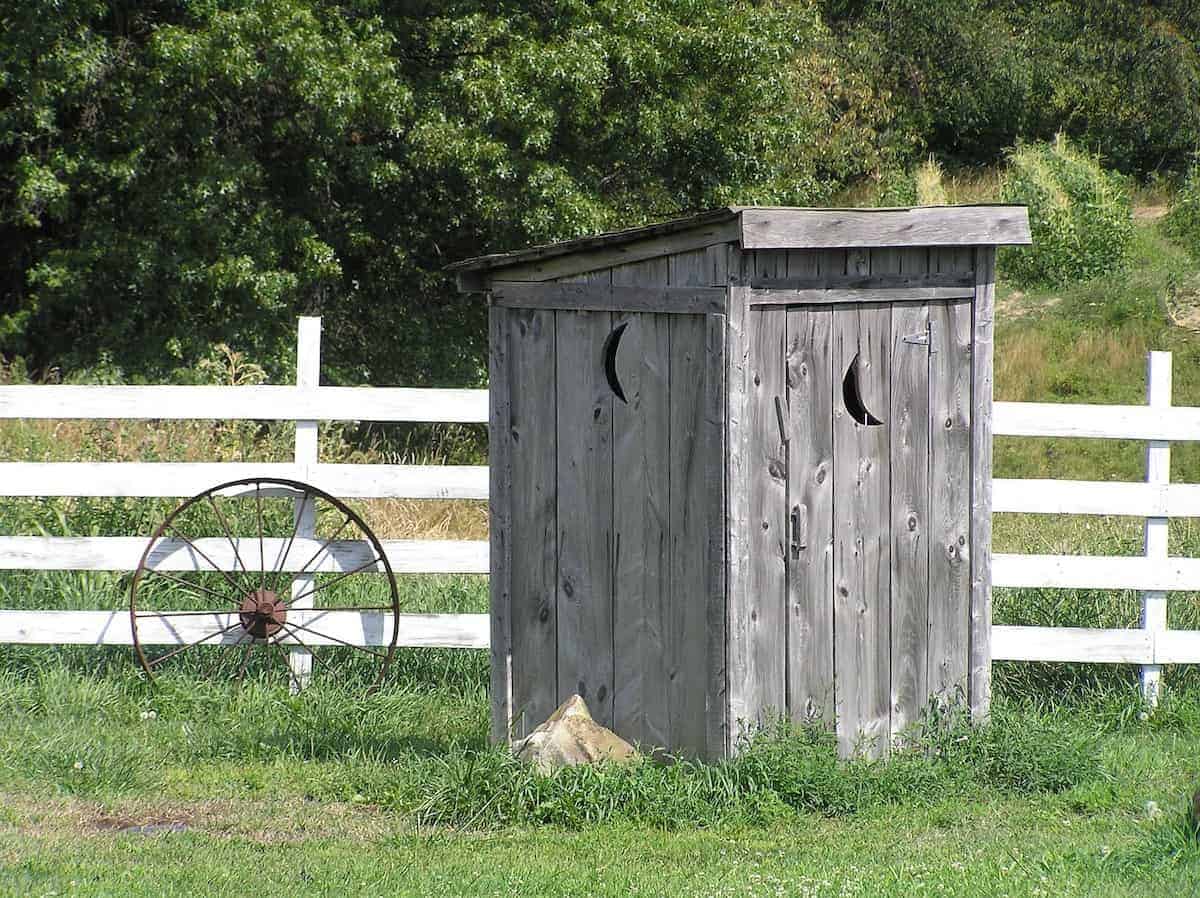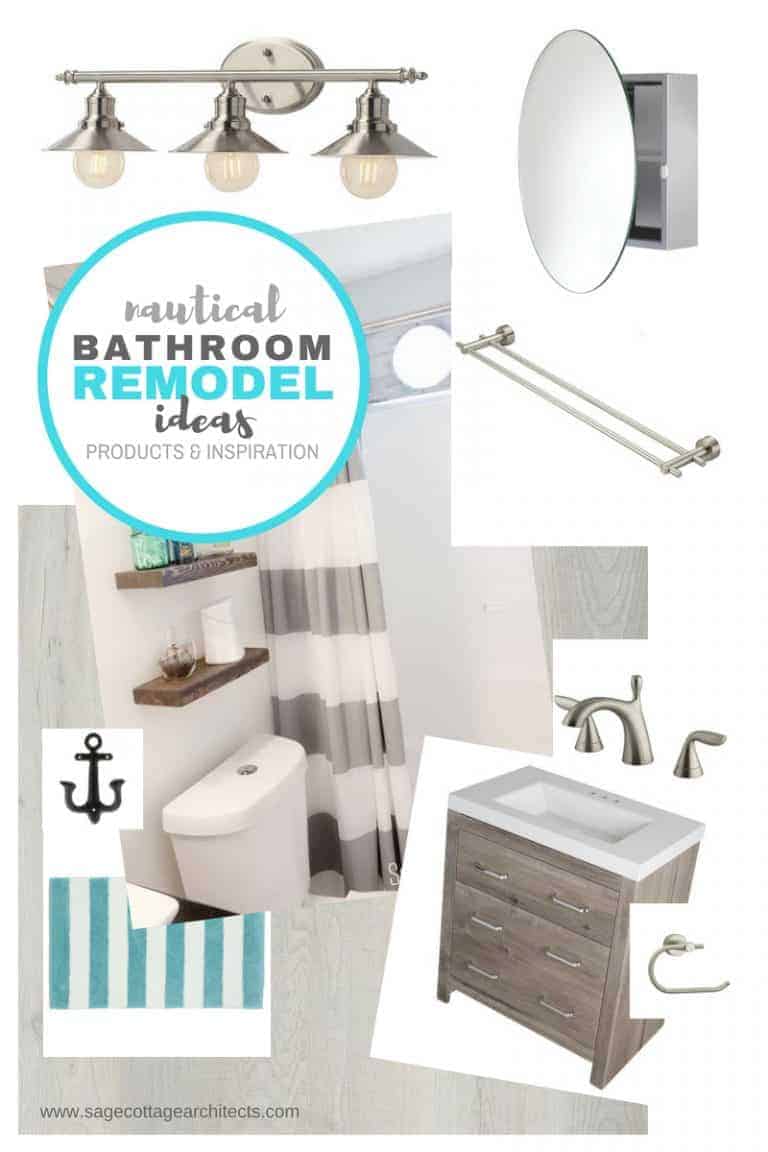When we first moved to the country, I had zero experience with septic systems. Zero. We had always lived “in town”. So, while I knew it wasn’t an outhouse, I had no idea what to expect. But, septic tanks and septic systems are a reality of country living and I now know a whole lot more about them than I ever really wanted to.

Living in the country has its pro’s and con’s, and there is usually an adjustment period when you first get out there. Dealing with well water and “waste management” are some of those adjustments. In town, you flush and forget. But, out in the country, you’re responsible for what happens to your flushes.
When we bought the house it was stuck in the 1970’s, with colors like Avocado Green (kitchen counters), Harvest Gold (bathroom), Baby Blue (shag carpet in another bathroom – double ewww!!), Chocolate Brown, and Burnt Orange. We knew it was all just cosmetics that would be easy to change.
Unfortunately, we didn’t know that the previous owners had not maintained the septic tank. At all. Four years in, and the septic tank was full. Uggh.
So, what are the signs that your septic tank is full? In our case, the plumbing stopped draining correctly. Toilets seemed clogged, and no amount of plunging cleared them. The bathtub and shower wouldn’t drain. Luckily, nothing completely backed up and overflowed, but we knew something was wrong.
The Basics of Septic Systems
In simplest terms, septic systems are a big underground tanks that collect household waste, treat the waste, and eventually discharge it. There are several different septic systems and ways to do this, but they all rely on the same basic idea.

Conventional septic systems have a large, underground, concrete tank that holds the household waste. Solids sink to the bottom while the liquid (effluent) leaves the tank and enters a leach field. There are a few different types of leach fields, but they are pretty much variations of an open area with buried, perforated pipes. Eventually, the effluent percolates though the soil of the leach field. (The EPA has an excellent site with lots of information on all this.)
On the surface, a leach field is just an open grassy area. But don’t worry – it’s not like a field of poopy grass. (That’s quite the mental image.) The leach field’s pipes are buried several feet below the surface. As long as the leach field is working as it should, water will always go down, not up. So, it’s ok to run barefoot through the grass. 🙂
Alternative septic systems, like Multi-Flo, are more complex than a conventional system. These often rely on aerobic activity to break down waste and produce a cleaner discharge. They are a great choice on sites that don’t have enough room for a conventional leach field, or those that have soil condition issues such as a high water table or poor soil quality.
Replacing the Septic System
When we realized a full septic tank was the problem with the plumbing, we had the tank emptied. But, because the tank had never been emptied (in over twenty years!), it was filled with sludge and couldn’t be completely emptied. It needed to be replaced. The leach field was also shot. We needed to replace the entire system. (Hear those dollar signs cha-chinging?)
We started looking into alternative septic systems that didn’t need a large leach field. We decided to install a Multi-Flo system, and almost twenty years later it’s still working great. (How often do you sing the praises of a septic tank??)

There are three major components of our setup: a trash tank, the main aerator wastewater unit, and a chlorinator. The trash tank temporarily holds the paper products, and allows the actual waste to go into the main unit. Inside the main tank, a powered aerator provides oxygen which bacteria use to breakdown the waste. (It’s basically a big tank of waste with a motor that stirs everything.) The effluent leaving the tank is over 98% clean, and the final step is through the chlorinator.
We do zero actual maintenance ourselves. The installer has a scheduled maintenance service where they come out twice a year to inspect and maintain the unit. They also refill the the chlorinator with chlorine tablets. And, of course, we have the system pumped every four years.
Septic Systems and New Construction
If you’re building a new home in the country, you’ll most likely need to put in a septic system. Usually, the first thing you need is a percolation test. The perc test will indicate whether a house can be built on the site, and it also usually limits the number of bedrooms in the home. (Number of bedrooms = expected number people living in the house = expected amount of waste the septic system will need to handle.)
Be sure to check with local codes and officials to meet all the septic requirements. While codes and officials can sometimes seem like a pain to deal with, they are there to help protect you and your home. Putting too many bathrooms on a septic is a recipe for disaster.
Most locations will require a permit to install a septic tank. Some may have additional requirements like using an approved installer or yearly inspections. Inspections during installation will most likely be required as well.
Individual septic systems will have separate manufacturer’s requirements. For example, the Multi-Flo requires electrical for the aerator and the alarm. So be sure to check with the manufacturer and local installer.
Finally, be sure to include all the costs associated with a septic system in your budget. Depending on the system, you could be looking at a significant amount of money.
Septic Systems and Existing Homes
If you’re buying an existing home in the country, you’ll want to find out a few things about the septic system:
- Is it a conventional system or an alternative?
- If it’s an alternative, what is it and what kind of maintenance is required?
- What is the cost of that maintenance?
- And, most importantly, when was the last time the septic tank was pumped??
I would also make sure the home inspection includes the septic system. It’s better to find out before you close, than after.
Maintaining A Septic System
Maintaining a septic system is not a lot of work, but it is something that needs to be done. No matter which kind of septic tank you have, empty the it every 4-5 years. Yearly inspections are a good idea for most systems. Alternative septic systems, which are usually more complicated, should follow the manufacturer’s recommendations on inspections and maintenance.
It’s also a good idea to keep an eye on what goes into the septic tank. Limit the amount of water – a running toilet or back-to-back loads of laundry can put too much water in the tank. Keep storm water (from a sump pump, for example) and the septic separate. Limit cooking grease and food scraps, which can also cause problems. Finally, “flushable wipes”, even if they say they are ok for septic tank use, can destroy a Multi-Flo aerator. Ask me how I know.
Luckily, we live in a time where country living does not mean having an outhouse. (I don’t think I would have survived before indoor plumbing!) Modern septic systems are fairly easy to deal with, as long as you maintain them.
Don’t forget to pin this!







